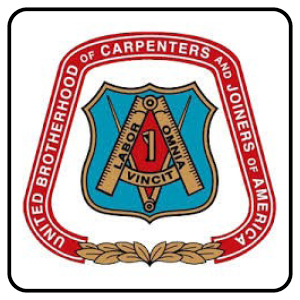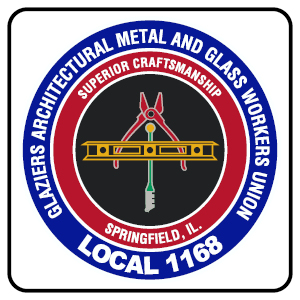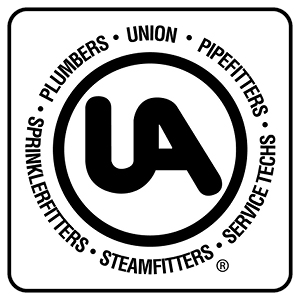Apprenticeships
What is Apprenticeship?
Apprenticeship is a formal method of training in a skilled occupation, craft, or trade. The apprentice is employed for a defined period of time to learn an occupation. Most apprenticeships take an average of four years to complete. The typical program includes 2,000 hours of on-the job experience plus a minimum of 144 hours per year of related classroom instruction (IDES, 2017).
The U.S. Department of Labor recognizes more than 1000 apprentice-able occupations. Apprenticeships can be found in construction, manufacturing, transportation, public safety, and health services. Apprenticeship training is the recognized method for entering certain occupations, such as carpenter or machinist.
By the end of 2016, there were over 24,000 registered apprenticeship programs in the United States (DOLETA, 2017).
How to Apply: Apprenticeship programs are developed with the cooperation of area joint apprenticeship committees. The programs may be sponsored by labor unions, employers, or both.
It is important to research the careers and apprenticeships that best meet your interests and skills. After deciding on the right program, you will follow the application procedures for that program.
Program Length: Programs for apprentices can vary in length from one to six years, but four years is the average. Typically, between 2,000 and 8,000 hours of on-the-job training may be required. In addition, 144 hours of classroom instruction are required for each 2,000 hours of on-the-job training or experience. These classroom hours can be provided by apprenticeship training centers, technical schools, community colleges, and online learning (DOL, 2017).
Eligibility: Applicants for apprenticeships must usually be 18 years or older and have a high school diploma or GED. It is helpful to have taken some career and technical courses as well. Some programs may require proof of specific course work, of physical ability to work in the trade, and/or a passing score on an aptitude test.
Wages: Starting pay for an apprentice is usually about 50% of the pay rate for a journeyman level worker. Pay is gradually increased over the length of the apprenticeship period, until training is completed. The average starting pay for an apprentice is $15.00 per hour. The average salary for journeyman who completed an apprenticeship is approximately $50,000 per year (DOL, 2017).
Application and Selection: Applicants must complete an application form and submit it with a birth certificate, school transcripts, and a letter of recommendation. Top candidates selected will be interviewed, and those chosen from interviews will be placed on a waiting list (which remains active for up to two years).
Apprenticeship committees may give points for experience in the trade, knowledge of the trade, and grades in trade-related courses. Applicants with the highest number of points are selected for the program. There are many more applicants than apprenticeship openings in some trades and locations. Those selected often have more trade-related experience, more education, and higher grades than the minimum requirements described for the apprenticeship.
Certification: The apprenticeship sponsor plans, administers, and pays for the program. The worker (apprentice) signs a written employment agreement and is a full-time, paid employee of the company where he or she is apprenticed. When apprentices finish their training, they receive a certificate of completion issued by the State Apprenticeship Agency or by the Bureau of Apprenticeship and Training. The certification is valid for work anywhere in the U.S.
Apprenticeship Coursework: Classroom instruction provides apprentices with knowledge in technical subjects related to their trade. For example, general construction apprenticeships may include courses in blueprint reading, carpentry, iron work, and concrete work. At least 144 hours of related classroom instruction are required during each year of apprentice training.
The classes are usually taught by journey-worker instructors and may be held in a Union facility. To master a particular trade, the apprentice must learn and perfect each skill and bring those skills up to speed and accuracy required of the job. The apprentice must show satisfactory progress, both on the job and in related classroom instruction. A good attendance record is also important.



















